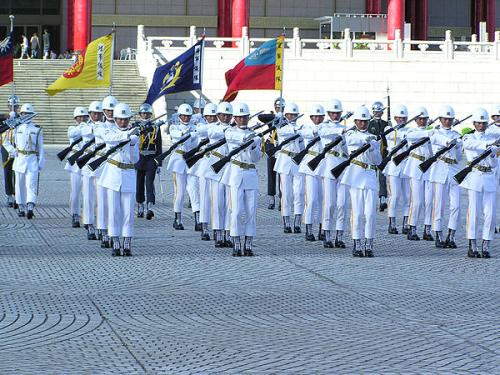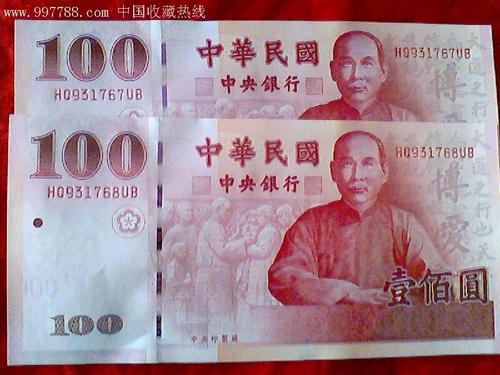The Republic of China
3 min readFrustrated by the Qing court’s resistance to reform and by China’s weakness,young officials,military officers,and students-inspired by the revolutionary ideas of Sun Yat-sen(1866-1925)began to advocate the overthrow of the Qing Dynasty and creation of a republic.A revolutionary military uprising,the Wuchang Uprising,began on October 10,1911 in Wuhan.The provisional government of the Republic of China(1912-1949)was formed in Nanjing on January 1,1912 with Sun Yat-sen as President,but Sun was forced to turn power over to Yuan Shikai(1859-1916)who commanded the New Army and was Prime Minister under the Qing government,as part of the agreement to let the last Qing monarch abdicate.Yuan Shikai proceeded in the next few years to abolish the national and provincial assemblies and declared himself emperor in 1915.Yuan’s imperial ambitions wer fiercely opposed by his subordinates,and faced with the prospect of rebellion,Yuan abdicatedand died shortly after in 1916,leaving a power vacuum in China.His death left the republican government all but shattered,ushering in the era of the”warlords”when China was ruled by shifting coalitions of competing provincial military leaders.

A little noticed event(to the rest of the world)in 1919 would have long-term repercussions for the rest of Chinese history in the 20th century.This was the May Fourth Movement.This movement began as a response to the insult imposed on China by the Treaty of Versailes ending World War I,and became a protest movement about the domestic situation in China..The discrediting of Western philosophy amongst Chinese intellectuals was followed by the adoption of more radical lines of thought.This in turn planted the seeds for the irreconcilable conflict between the left and right in China that would dominate Chinese history for the rest of the century.
In the 1920s,Sun Yat-sen established a revolutionary base in southern China,and set out to unite the fragmented nation.With Soviet assistance,he entered into an alliance with the fledgling Communist Party of China(CPC).After Sun’s death from cancer in 1925,Chiang Kai-shek(1887-1975),seized control of the Kuomintang(Nationalist Party or KMT)and succeeded in bringing most of south and central China under its rule in a military campaign known as the Northern Expedition.Having defeated the warlords in south and central China by military force,Chiang was able to secure the nominal allegiance of the warlords in the north.In 1927,Chiang turned on the CPC and relentlessly chased the CPC armies and its leaders from their bases in southern and eastern China.In 1934,driven from their mountain bases such as the Chinese Soviet Republic,the CPC forces embarked on the Long March across China’s most desolate terrain to the northwest,where they established a guerrilla base at Yan’an in Shaanxi Province.

During the Long March,the communists reorganized under a new leader,Mao Zedong(1893-1976).The bitter struggle between the KMT and the CPC continued,openly or clandestinely,through the 14year-long Japanese invasion(1931-1945),even though the two parties nominally formed a united front to oppose the Japanese invaders in 1937,during the Second Sino-Japanese War or Anti-Japanese War(1937-1945).The war between the two parties resumed following the Japanese defeat in 1945.








